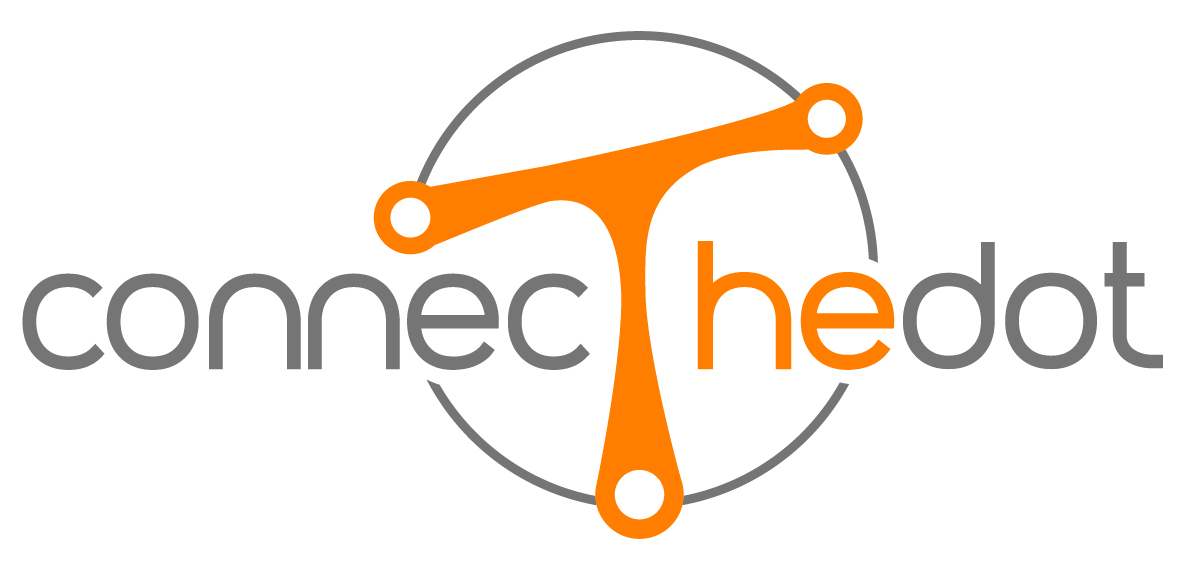 |
| ConnecTheDot Social Media Marketing Complexity |
The world in which we live is
evolving faster and faster. With the advances of the Internet, Social Networking
sites like YouTube, Twitter and Facebook have become part of our natural way to
communicate every day. It’s now common to see television shows, beverages,
cultural events and even pet food inviting us to join their pack, with callings
such as "Follow us on Twitter", or on Facebook, or on any of the
other 12,000 social networks. How about me? That’s the question that many of us
ask ourselves…now, what’s in store for us in 2016? Let me get to the
point!
2016, in my opinion, is to become
the year of “being
connected”. With the large migration of Generation Y moving to
the “need” to be synced at all times will become the big shift to be wary of…or
is it Generation Z? Generation Z will be coming to work one day having
used smart devices as early as kindergarten. This group will be using
better and faster technology at home than we will be able to provide at an
enterprise level. How many businesses out there will be ready to host
these new workers one day in the near future?
I/ we/ my company/ the world need
to become aware of this migration revolution. We all are aware the
content is king and context is queen, however, 2016 mobile technology will
shape the evolution of the way consumers find, read, and buy. Don’t think too
hard about this, but, what is the first thing you touch in the
morning?...Yep...you just said it indirectly or even looked at your mobile
phone…and that technology is getting better by the day! Are you aware that the ‘average
person’ is not outside a 4 foot reach from their phone at any given time? Addicted perhaps or connected? 2016 = “Ultra Mobile” where we wear smart watches, smart
clothing, and live in smart houses. SMART
= STANDARD in 2016.
So now LOCATION plays a pivotal roll in the
paradigm shift. I’m not talking where you are simply located; I’m talking
about where you are, when it suits you, when you are ready, A.I. (artificial
intelligence)! Today consumers have to check in to get specials,
unlockable, and promotions. 2016 will be the year of the beacon.
Simply allow your device to connect with brands matching your personal
preference and voila!
So…the social challenge is next…I
mean, really. Did you think social media still runs on gut
feelings? You can’t even begin to count the numerous dashboards existing
online and standalone. 2016 will be the year of strategy. Businesses will need to find a way to interpret big
data intelligently keeping it simple and to the point (the exact thing that
corporate policy stops). Social updates, going viral, telling a story,
being compelling and creative through innovation all requires the same
thing…stunning Social Media Marketing!
The need for employee advocacy is the new “NOW”.
Marketing isn’t your sale window to the world anymore. Neither are sales.
Every single employee is an ambassador of your brand which means businesses have to lead by
example. Forget social media in this instance. Rethink “SOCIAL BUSINESS”.
ConnecTheDot is here to help.






